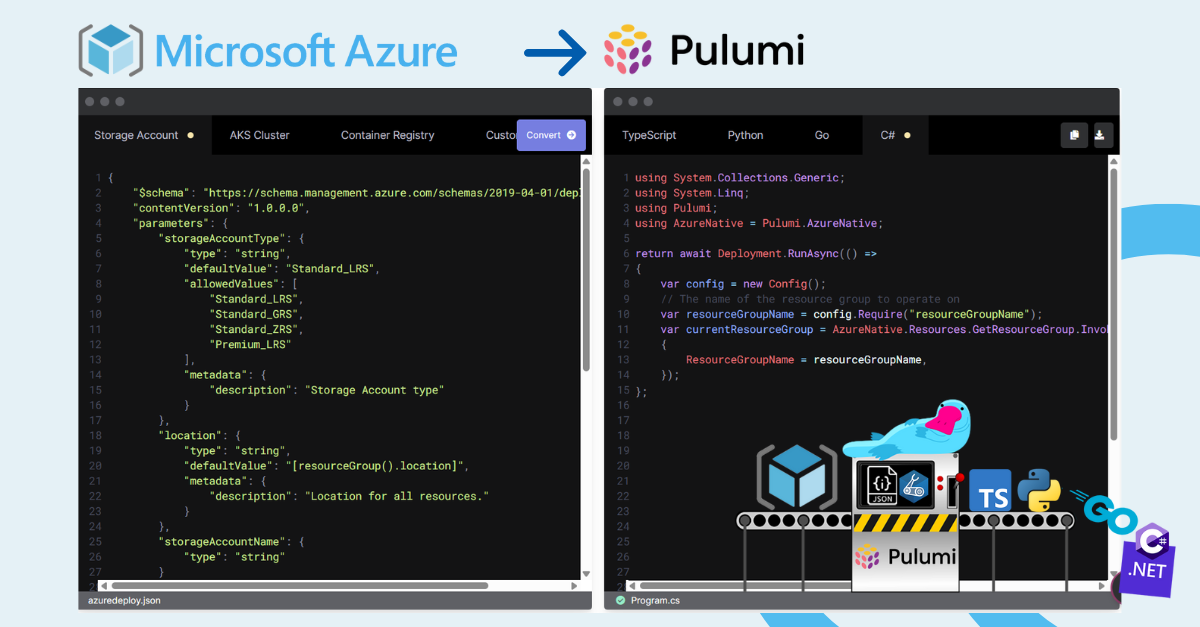
Welcome to the second post in our IDP Best Practices series. In this article, we explore how to create golden paths, pre-architected, reusable infrastructure patterns that help standardize and accelerate cloud development.
Modern cloud platforms offer endless options, over 200 AWS services, sprawling Azure catalogs, and countless DevOps tools. The result? Developers face decision fatigue and inconsistent implementations. Golden paths solve this by providing ready-to-use, production-grade infrastructure that encodes your organization’s best practices, security policies, and operational standards.
In this guide, you’ll learn how to build golden paths for your Internal Developer Platform using two core Pulumi constructs: Components, reusable infrastructure building blocks, and Templates, predefined, deployable patterns. You’ll see how to create infrastructure abstractions that are written once, shared across teams, and consumed in any language, turning weeks of setup into minutes of developer-ready infrastructure.
Read more →



















